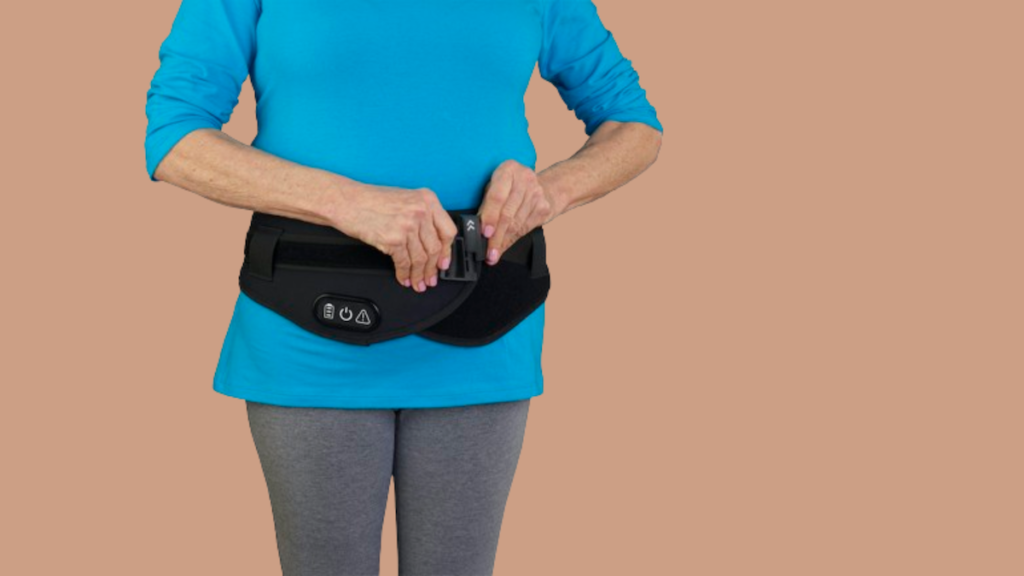
Bone Health Technologies, a company at the forefront of bone health solutions, recently announced the FDA clearance of Osteoboost, the first device-based, non-pharmacological prescription treatment for postmenopausal women diagnosed with osteopenia. The wearable belt delivers targeted, calibrated vibration to the lumbar spine and hips, and is designed to reduce the decline in bone strength and density. Osteoboost’s approval introduces a new category of therapeutics for low bone density, marking a significant advancement in women’s health.
Osteopenia, the precursor to osteoporosis, affects approximately 52 million Americans and poses a substantial health risk, particularly to postmenopausal women. Until now, treatment options have been limited to lifestyle interventions such as weight-bearing exercise and calcium supplementation. However, these methods have not been proven to significantly slow bone density loss. Osteoboost fills this critical gap, offering a novel solution to a widespread and serious health issue.
“There are millions of American women with low bone density or osteopenia. This is often the precursor to osteoporosis. We have little to offer those women other than calcium and vitamin D supplements,” said David B. Karpf, MD, Adjunct Clinical Professor of Endocrinology, Gerontology & Metabolism, Stanford University School of Medicine and attending in the Osteoporosis & Metabolic Bone Disease Clinic. “The field of bone health right now is missing innovative approaches — there are no new agents in clinical trials for osteoporosis and nothing for women who have osteopenia. With the aging of our population, we need new ways to effectively prevent the decline in bone mass and strength that affects all women in the peri-menopause or post-menopausal stage.”
Osteoboost was granted clearance based on data from an NIH-funded double-blinded, sham-controlled study conducted at the University of Nebraska Medical Center. The data, which were shared at the 2023 ENDO and ASBR conferences, demonstrate the efficacy of Osteoboost in directly stimulating bone growth and preserving bone mineral density and strength by sending low-frequency vibrations directly to the lumbar spine and hips.
The primary outcome measurement was the change in vertebral strength measured by CT scan. Per Protocol (PP) — subjects (those who used the device a minimum of 3 times per week) in the Active Treatment group lost, on average, 0.48% bone strength, while those in the Sham group lost 2.84%, with a relative difference of 2.36% (P=0.014). Additionally, CT measurement of vertebral bone density was conducted and showed a 1.68% relative benefit for those using the Osteoboost (P=0.008). These results represent a dramatic reduction in the loss of bone strength and density. Zero serious adverse events were reported.
“The well-being and ability of postmenopausal women to maintain an active lifestyle is threatened when loss of estrogen causes rapid loss of bone,” said Laura Bilek, Ph.D., Associate Dean for Research and Associate Professor at the University of Nebraska and principal investigator for this study. “Although lifestyle interventions such as exercise and diet are beneficial to bone, the effect is small. The Osteoboost shows promise in slowing the loss of bone density and strength and may fill the treatment gap.”



